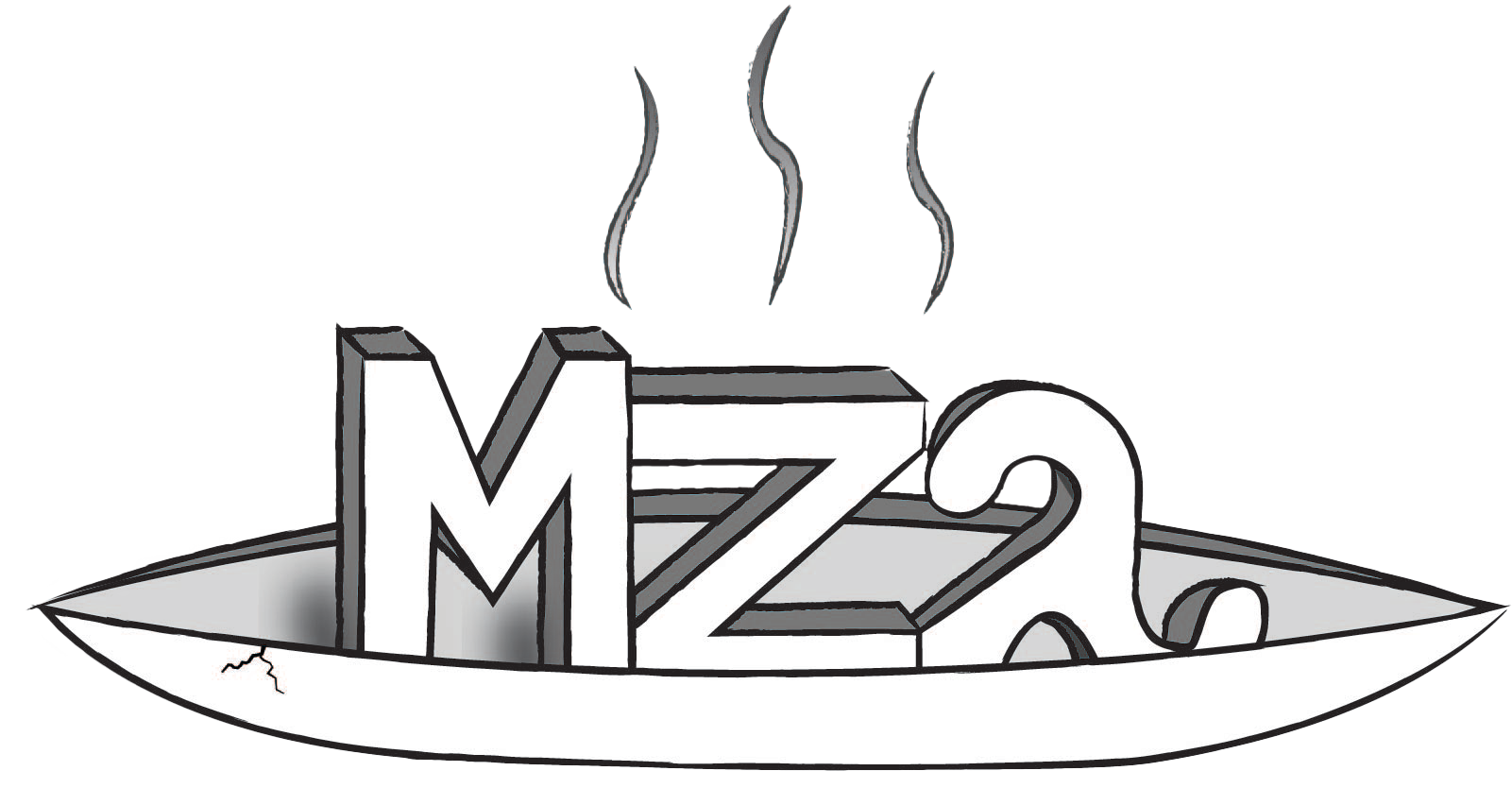Spices have been integral to human civilization for thousands of years. They have shaped economies, sparked explorations, and influenced cultures. Today, the global spice market is vast, with certain countries leading the charge in production. Let's explore the world's largest spice producers and their unique contributions to our kitchens.
1. India: The Spice Powerhouse
India stands as the undisputed leader in spice production, accounting for about 75% of the world's spice output. The country produces a wide variety of spices, including:
- Pepper: Grown mainly in the southern states of Kerala, Karnataka, and Tamil Nadu.
- Cardamom: Known as the "Queen of Spices," this is predominantly cultivated in Kerala, Karnataka, and Tamil Nadu.
- Turmeric: Widely grown in Andhra Pradesh, Tamil Nadu, and Odisha, this vibrant spice is renowned for its medicinal properties.
- Chili: Andhra Pradesh, Maharashtra, Karnataka, and Tamil Nadu are major producers.
- Ginger: Assam, West Bengal, and Kerala are key growing regions.
India's spice markets, such as the ones in Kochi and Khari Baoli in Delhi, are famed worldwide, offering an aromatic experience that’s hard to match.
2. China: A Blend of Tradition and Modernity
China is another significant player in the global spice market, known for its production of:
- Ginger: China is the world's largest producer of ginger, especially in provinces like Shandong and Sichuan.
- Garlic: Dominating global garlic production, with key growing areas in Shandong, Henan, and Jiangsu provinces.
- Star Anise: Primarily produced in Guangxi and Yunnan, star anise is essential in Chinese five-spice powder and various traditional medicines.
China’s ability to blend traditional agricultural practices with modern technology has helped it maintain a leading position in the spice industry.
3. Vietnam: The Pepper Giant
Vietnam has emerged as the world's largest producer and exporter of black pepper, contributing over 40% of the global supply. The country's favorable climate and soil conditions in regions like the Central Highlands are ideal for pepper cultivation. Vietnam also grows:
- Star Anise: Besides China, Vietnam is a major producer, especially in the Lang Son province.
- Cinnamon: Vietnamese cinnamon, particularly from the Quang Nam and Quang Ngai provinces, is highly prized for its quality.
4. Indonesia: The Island of Spices
Indonesia, often referred to as the "Island of Spices," has a long history in spice production, dating back to the ancient spice trade routes. Key spices from Indonesia include:
- Nutmeg and Mace: The Banda Islands are famous for these spices, which were once so valuable they were worth their weight in gold.
- Cloves: Primarily grown in the Maluku Islands, cloves are integral to Indonesian cuisine and kretek cigarettes.
- Vanilla: Indonesia is one of the leading producers of vanilla, particularly in regions like Bali and Papua.
5. Madagascar: The Vanilla Island
Madagascar is synonymous with high-quality vanilla, accounting for a significant portion of the world's production. The country's unique climate and rich soil, especially in the Sava region, contribute to the distinct flavor profile of its vanilla beans. Besides vanilla, Madagascar also produces:
- Cloves: Grown in the Toamasina region, Malagasy cloves are renowned for their potent aroma.
- Cinnamon: Although not as prominent as its vanilla, Madagascar's cinnamon is appreciated for its fine quality.
6. Sri Lanka: The Spice Island
Sri Lanka, often referred to as the "Spice Island," is famous for its aromatic spices, particularly:
- Ceylon Cinnamon: Known as "true cinnamon," it is primarily grown in the southwestern region of the island and is considered superior to other varieties.
- Black Pepper: Produced mainly in the central and southern regions.
- Cardamom and Cloves: Grown in the central highlands, these spices are integral to Sri Lankan cuisine and Ayurveda.
7. Mexico: The Land of Chili Peppers
Mexico is renowned for its diverse and flavorful chili peppers, which are a cornerstone of Mexican cuisine. Key varieties include:
- Jalapeños, Serranos, and Habaneros: Grown extensively in states like Veracruz, Yucatán, and Chihuahua.
- Vanilla: Mexico is the birthplace of vanilla, with the Totonac region in Veracruz being the heart of production.
Conclusion
The global spice trade continues to thrive, fueled by the rich histories and traditions of these major spice-producing countries. Each of these nations brings unique flavors and aromas to our tables, enhancing our culinary experiences and connecting us to a world of diverse cultures. As we savor the spices in our dishes, we're reminded of the fascinating journey from farm to fork, where ancient practices and modern techniques come together to create the magic of spices.

